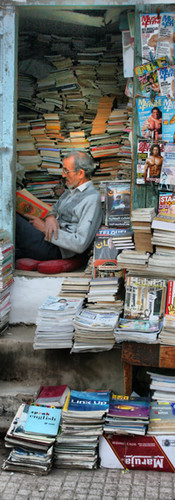Make the most of your visit to Rabat's medina
- Redouane Ouadi

- Mar 31, 2023
- 2 min read
This fortified medina on the sea was the entirety of the city when the French first arrived in North Africa in the early 20th century. It is tiny enough to be easily visited in half a day yet is so twisted that getting lost is unavoidable. It was built on a neat grid in the 17th century. Rue Souika, the primary market street, with local stores on its western section and shops that cater mostly to visitors on its covered Souq As Sebbat to its east.

Authentic historical reconstruction of the old quarter
The Souq As Sebbat begins at the Grande Mosquée de Rabat Medina, a reconstruction of the original 14th-century Merinid structure.
You will reach the mellah (Jewish neighborhood) immediately before Bab El Bahr and the river if you continue past the Rue des Consuls, so named because diplomats lived here until 1912.
Rabat ambassadorial homes
You may reach one of the more intriguing parts of the medina, including fanadiq (old inns used by caravans) and several stately former diplomatic residences, by turning north along Rue des Consuls, which is home to many jewelry stores. Slave auctions were held in an open space at the street's northern terminus during the era of the Sallee Rovers. You can ascend the slope from here to reach the Kasbah des Oudaias.
Dining in the capital bazaar
The majority of restaurants are located along Ave Mohammed V, a busy pedestrian street that connects the Medina Rabat tram stop to Ave Laalou, the medina's northern limit. Snacks like babbouche (cooked snails) served in a fragrant and spicy soup, freshly squeezed sugar-cane juice, syrup-drenched pastries, freshly baked bread, and whatever fresh fruit is in season are sold by popular fast-food restaurants with outdoor seating, the reasonably priced Restaurant de la Libération, and a parade of street vendors.




































Comments